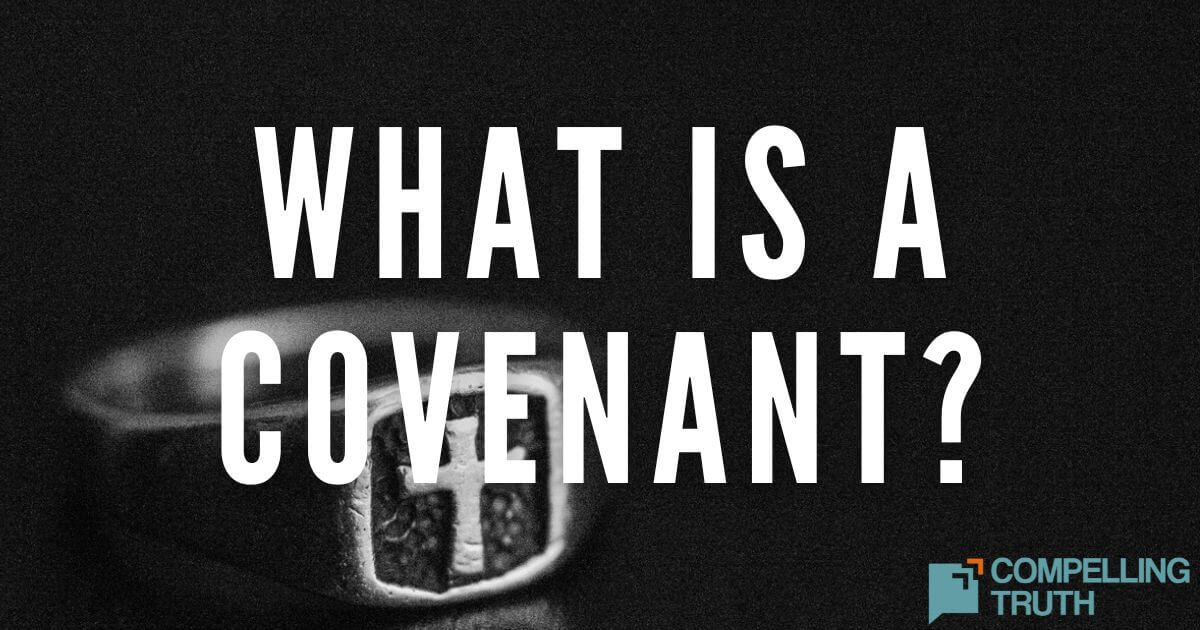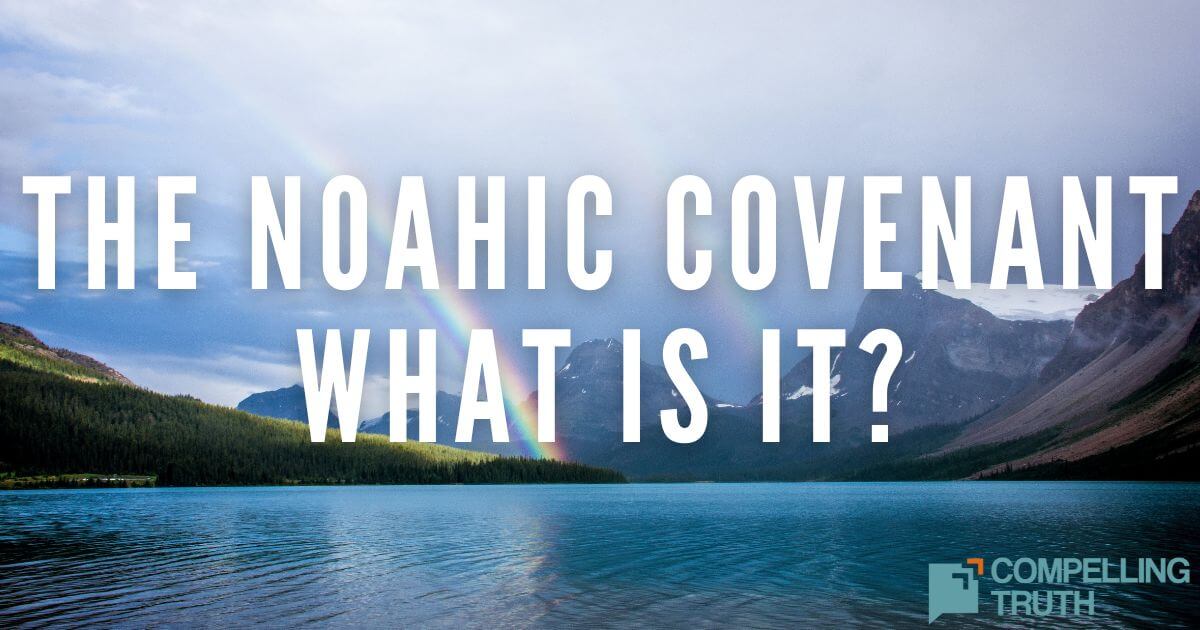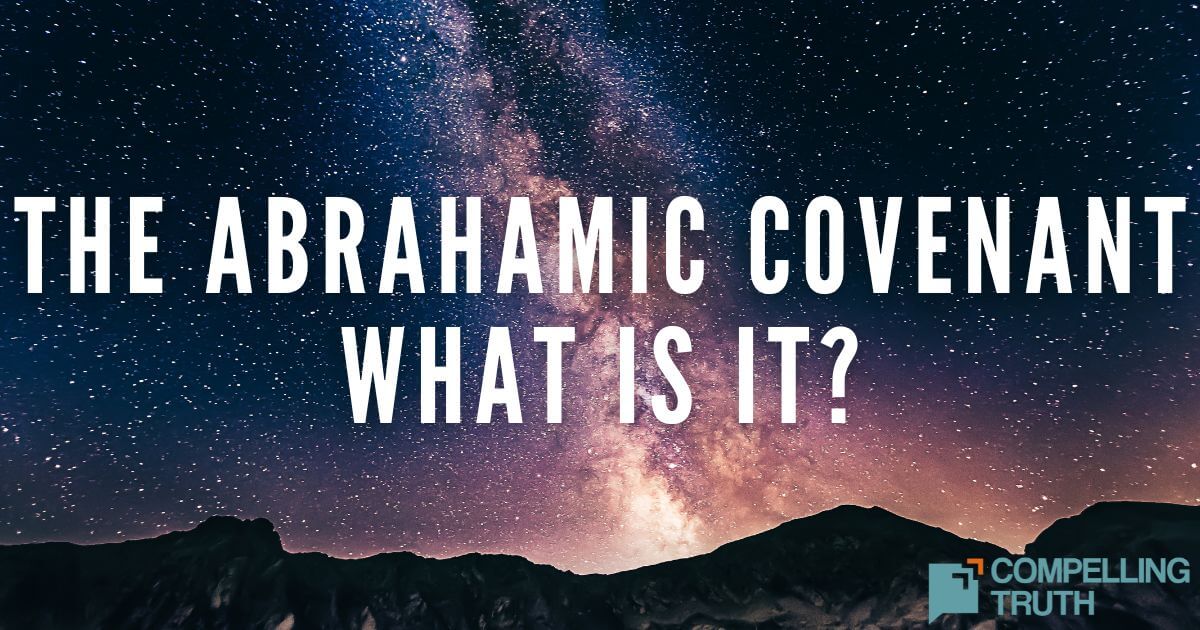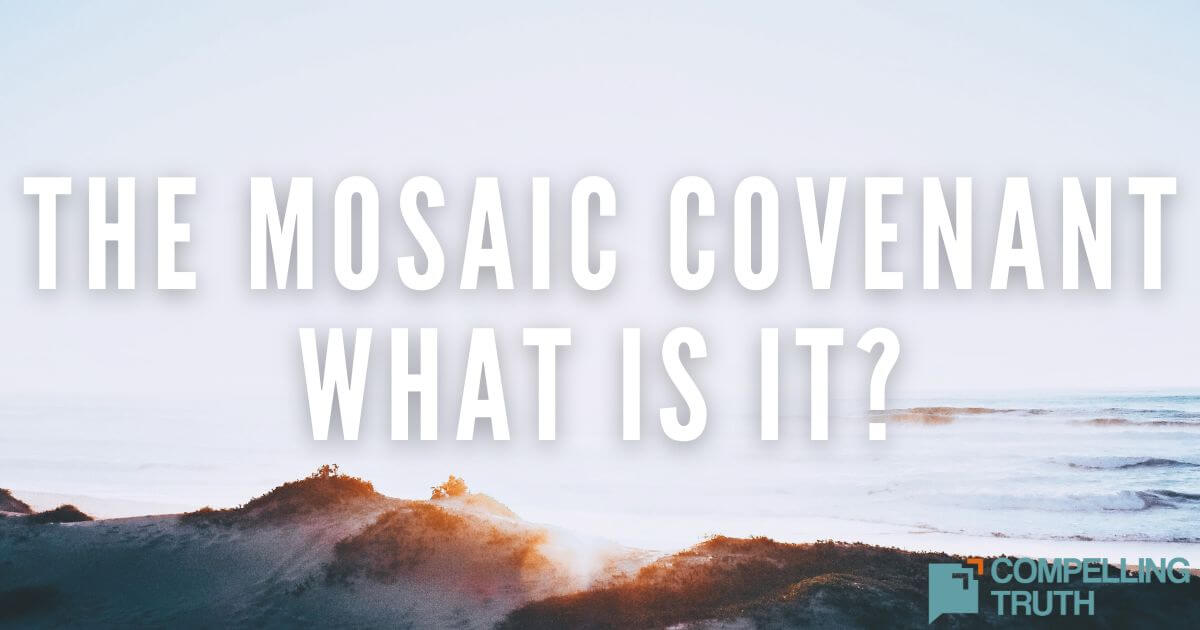Covenants and contracts differ fundamentally in purpose, scope, and relational depth. While contracts are legal agreements focused on the exchange of goods or services, covenants are relational commitments designed to unite lives, transform identities, and establish lasting loyalty. In the Bible, covenants were agreements between humans but also between God and others. God’s covenants show His relationship with humanity. Today, contracts are more common, governing transactions, employment, and leases, while covenants—though less common—persist in relational contexts, emphasizing trust, loyalty, and life-changing commitment. Seeing how covenants transform the whole person highlights the profound difference between mere legal agreements and God’s invitation into an eternal, loyal relationship through Christ.
In today's English vernacular, there is little distinction between a contract and a covenant. In fact, the word covenant is rarely used. One might come across the word when purchasing a house in a neighborhood with a home owners' association or when enrolling a child in a private school. These organizations refer to their legal agreements as covenants in order to highlight the desire that the families joining them will be in a relationship of loyalty together, committing to more than simple financial payment, and also looking out for the neighborhood's or school's best interest. This emphasis on loyal commitment to the other's best interest hints at the historical differences between a covenant and a contract.
A contract is a legal agreement to exchange goods or services without any relational requirements. Examples include: employment contracts where an employee agrees to perform a service in exchange for a certain income from the employer, purchase contracts where a buyer agrees to pay a specified amount of money over a period of time in exchange for a particular good from the seller, or rental contracts where a landlord agrees to allow renters to use the property in exchange for monthly payment. Covenants in biblical times involved much more than a simple exchange of goods or services.
In the ancient Near East, a covenant was a process whereby two parties agreed to unite as one and remain in a loyal relationship forever. Covenants were made (or cut) between different types of people in a myriad of situations. For instance, covenants often occurred when a victorious king would annex the newly conquered territory (called a suzerain-vassal relationship). A covenant could be made when neighboring landowners would settle disputes over boundaries or water rights. Of course, the most recognizable covenant from ancient times that is still practiced today is the covenant of marriage.
Today, contracts are far more common and visible in everyday life than covenants. They govern business transactions, employment agreements, rental leases, purchases, loans, and virtually all legal arrangements, relying on enforceable obligations and exchanges of goods, services, or money. Covenants, in contrast, are less frequent and primarily relational rather than legal, emphasizing loyalty, trust, and long-term commitment. Examples include marriage vows, church or faith-based agreements, and certain homeowners’ association agreements labeled “covenants” to highlight communal responsibility. This distinction highlights how covenants, though less common, continue to shape meaningful human connections today. Seeing the extent that a covenant is meant to transform one’s entire life and identity, it becomes clear how fundamentally different it is from a simple contract to exchange goods or services. Praise God for the opportunity to enter a lasting, loyal relationship of unity with Him through the new covenant!




